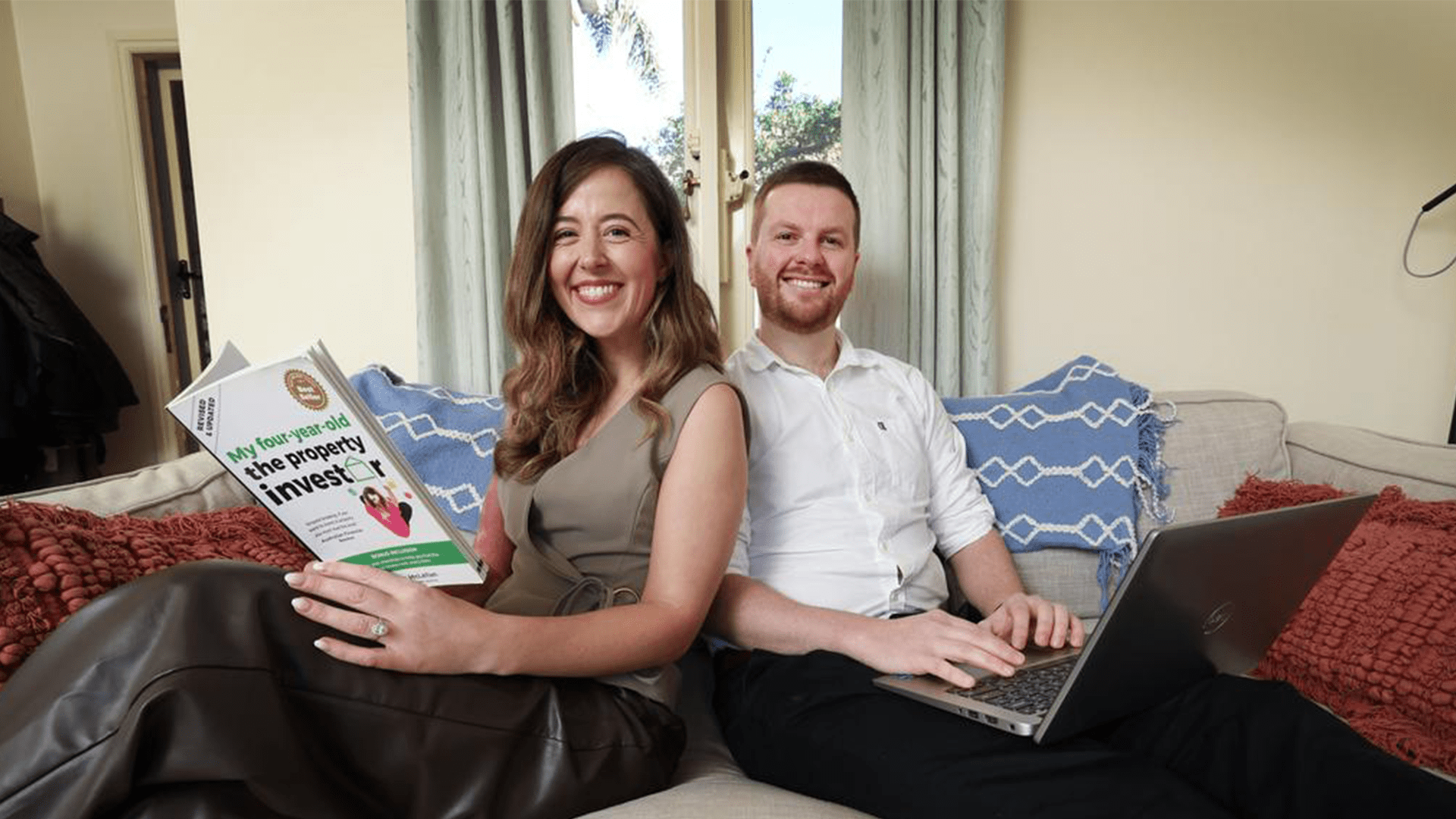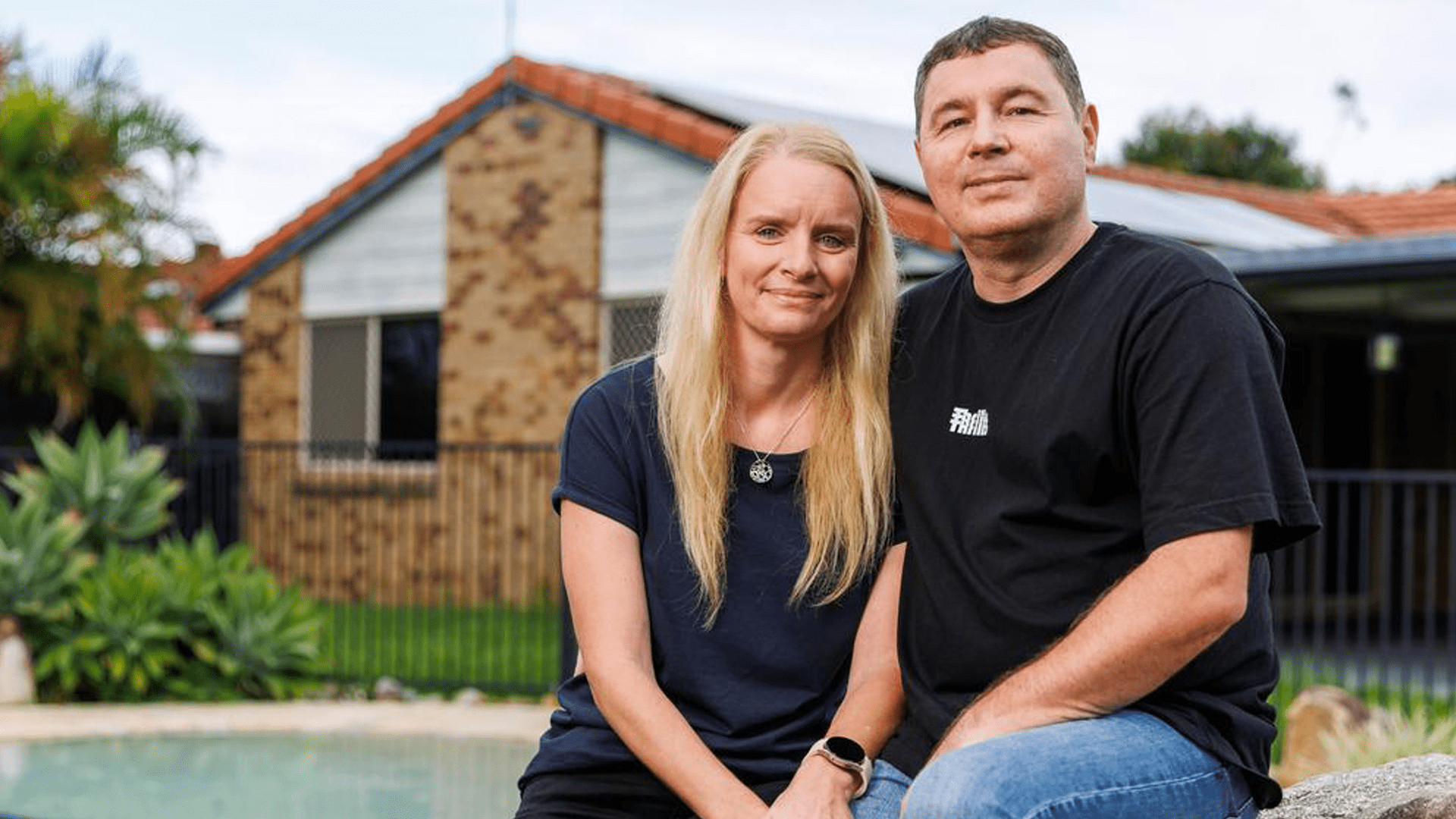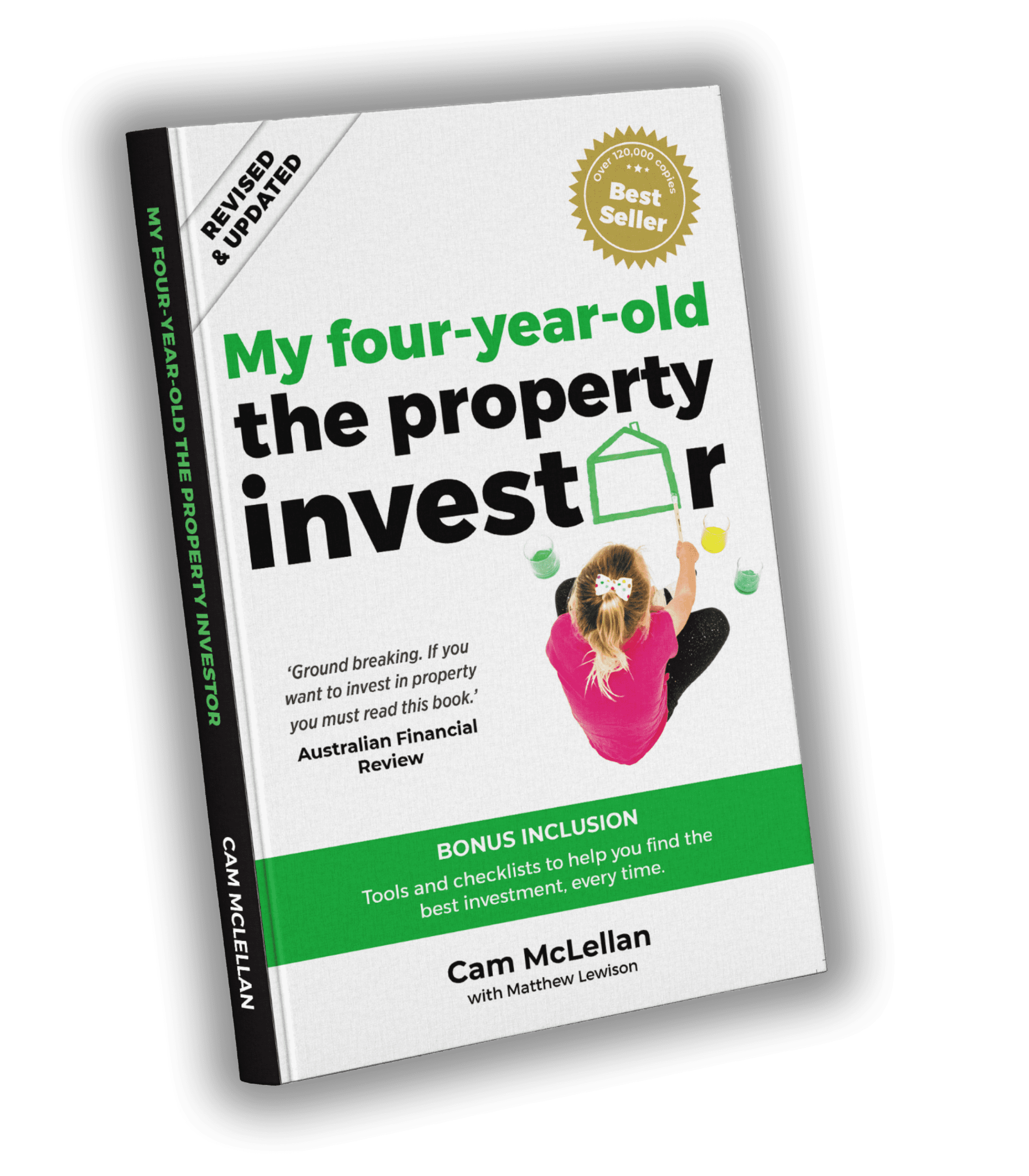By Matthew Lewison
In a previous article I talked about the need to become an expert at identifying and mitigating risk. I’d now like to take this a step further and talk about the risk/return equation. But before I start let me repeat a statement I made previously – the goal of all investors should be to achieve a premium return for a minimum risk.
A little while ago I was introduced to a friend’s colleague, who saw the opportunity of meeting a professional investor as his chance to show everyone how clever he was. He quickly blurted out that he’d only invest in something that makes him 10 per cent per annum. I was intrigued and asked if he’d be interested in an investment that had returned a touch over 20 per cent per annum for 10 years running. To my surprise, a look of disgust came over his face and he responded: “Too risky. I wouldn’t touch it!” And that discussion told me all I needed to know about the general populace’s understanding of risk and return.
This recreational investor viewed the risk/return spectrum as a scale with only one variable. In his mind, if you achieved a high return then you must be exposing yourself to high risk. Conversely, in his mind a modest return implied a modest exposure to risk. But if that’s the case, why are McDonalds franchises so highly sought after? Obviously, they make exceptionally high returns for their owners. But wouldn’t a risk-averse businessperson go after a local fish and chip shop instead of the McDonalds franchise? The returns are lower so doesn’t that “imply” that operating a fish and chip shop is lower risk than operating a McDonalds franchise?
You see, risk isn’t measured on a scale of high to low. Risk should be assessed on a matrix of variables. Sometimes, the reason an investment achieves higher returns is that for some investors there are higher risks. For instance, in our field of interest, property development, there are some forms of development that might require more capital to acquire and secure debt funding. These developments would seem extremely high risk to many in the market, but to those that have become expert in a particular field or who have the necessary relationships, there’s far less risk. Therefore, these specialists will achieve a premium return without taking on unnecessary risk.
I’ve stayed out of the share market since I worked for a publicly listed company and saw how little hope an external investor had of making a truly informed decision about investing in the company. Communications to shareholders were often held back to ensure they had positive news to share if they ever had a bad news story they wanted to deflect attention from. For me, investing in a stock that’s giving me a net return of 10 per cent per annum seems like a risky investment. For all I know, the company is sitting on a time bomb and the market could revalue my investment in a week’s time and halve the value of my investment. My preference is to focus my attention on improving my knowledge in my chosen field to ensure I’m reducing risk exposure further every day.








